Worlds of North & South Quiz
1/19
There's no tags or description
Looks like no tags are added yet.
Name | Mastery | Learn | Test | Matching | Spaced |
|---|
No study sessions yet.
20 Terms
Northern Climate
Warm summers and colder winters (shorter growing season)

Southern Climate
Long, hot summers and mild winters which were good for farming (long growing season)
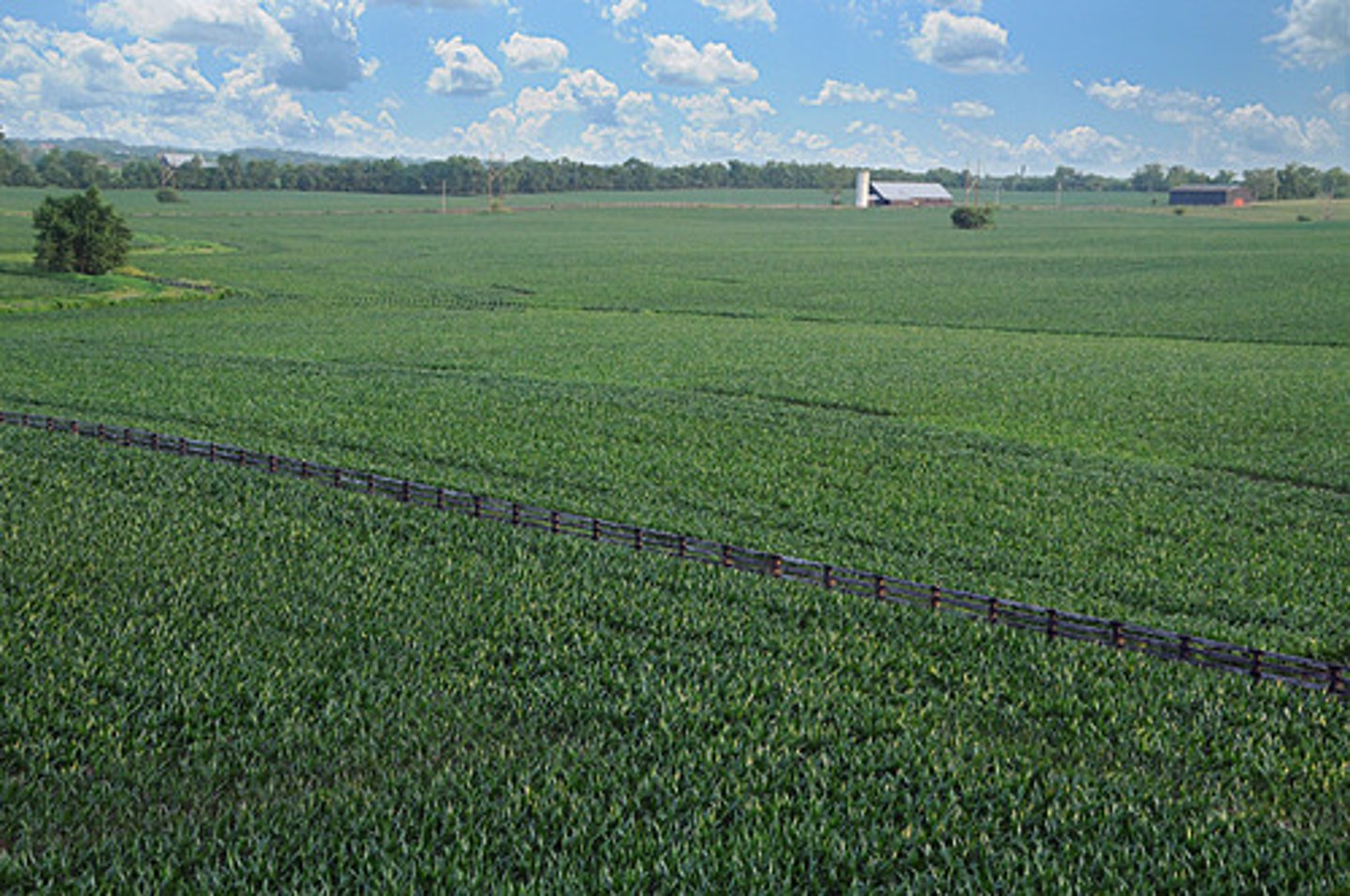
Agrarians
- Most Southerners
- Favored farming as a way of life
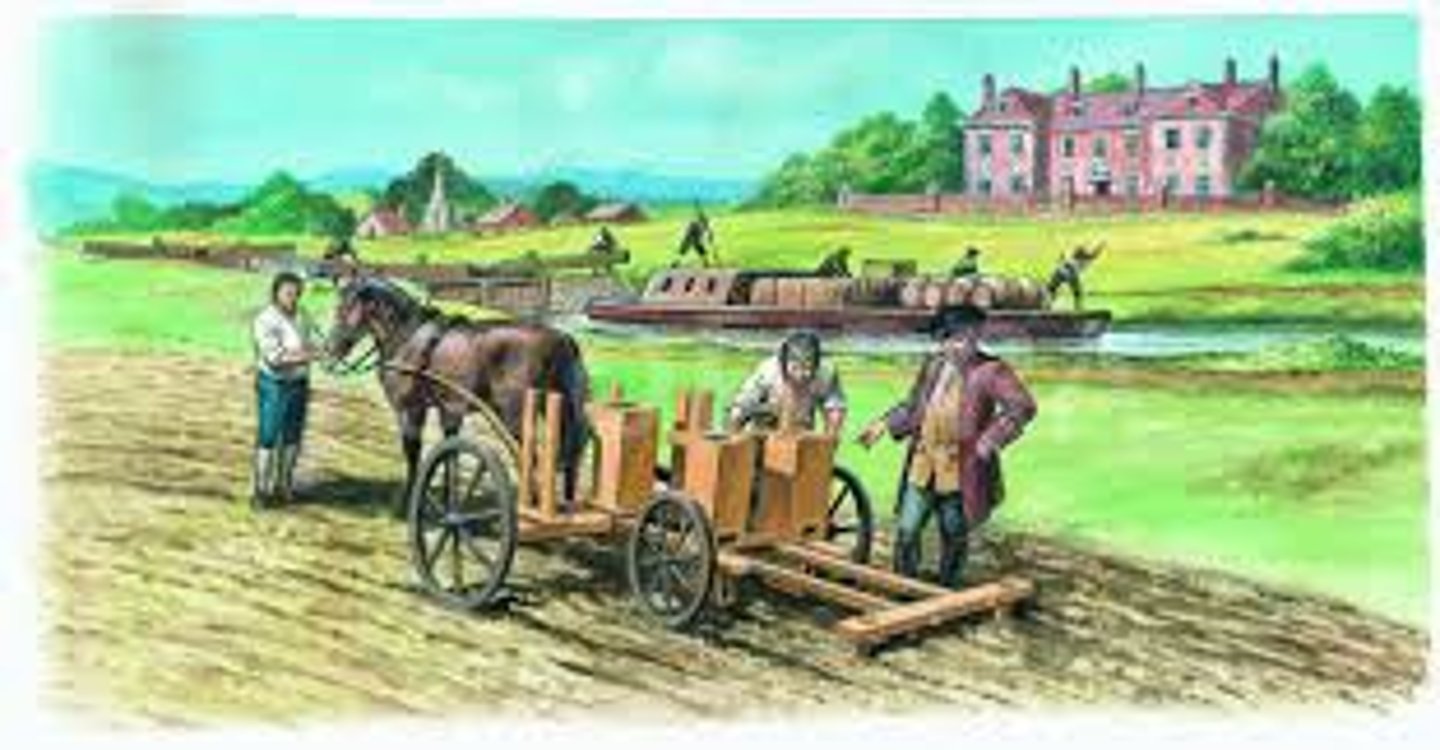
Cotton Gin
- Eli Whitney's invention to separate cotton fiber from seeds
- Increased the production of cotton, making slavery more important to the South
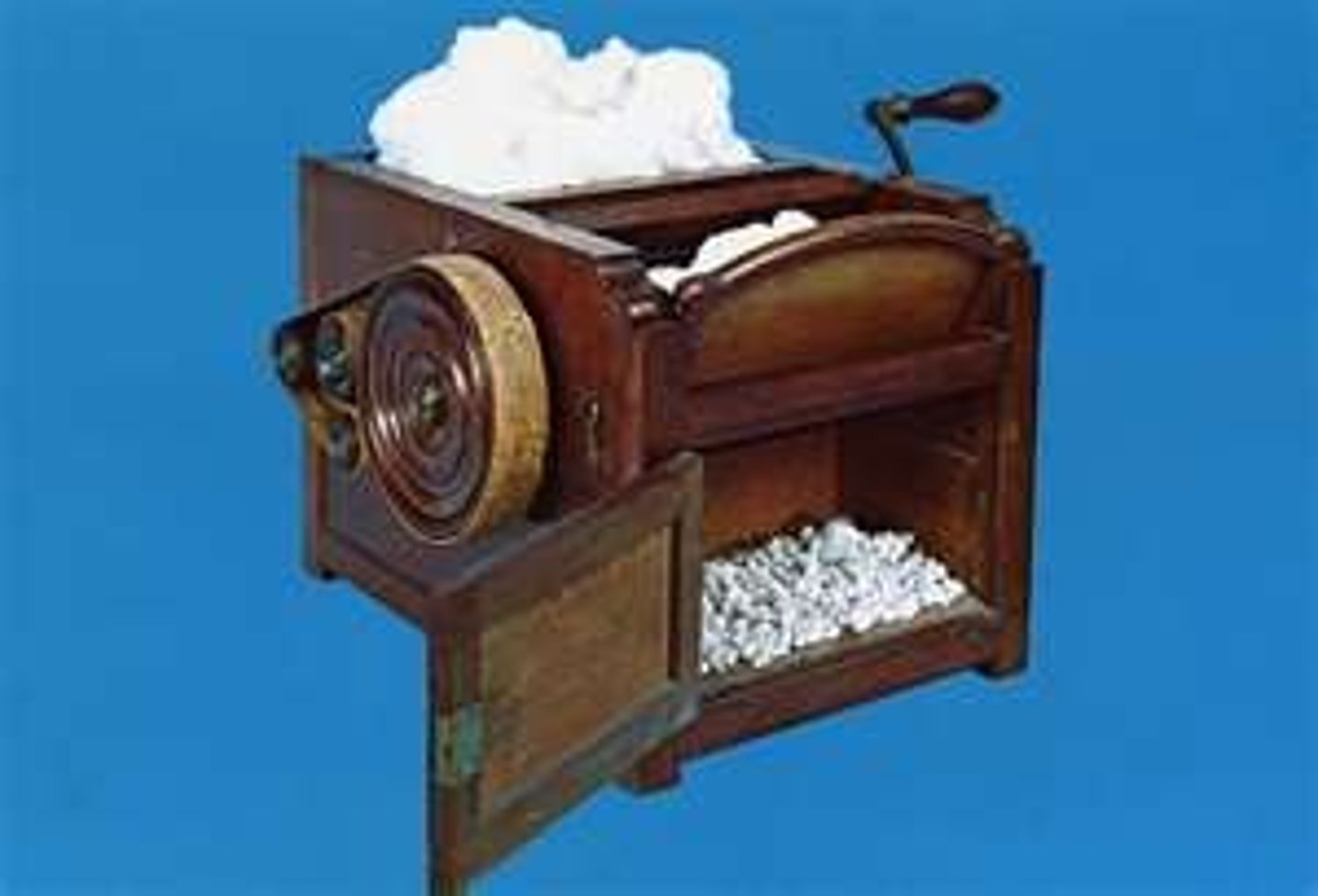
Cotton
Became the South's most important product by the 1860s
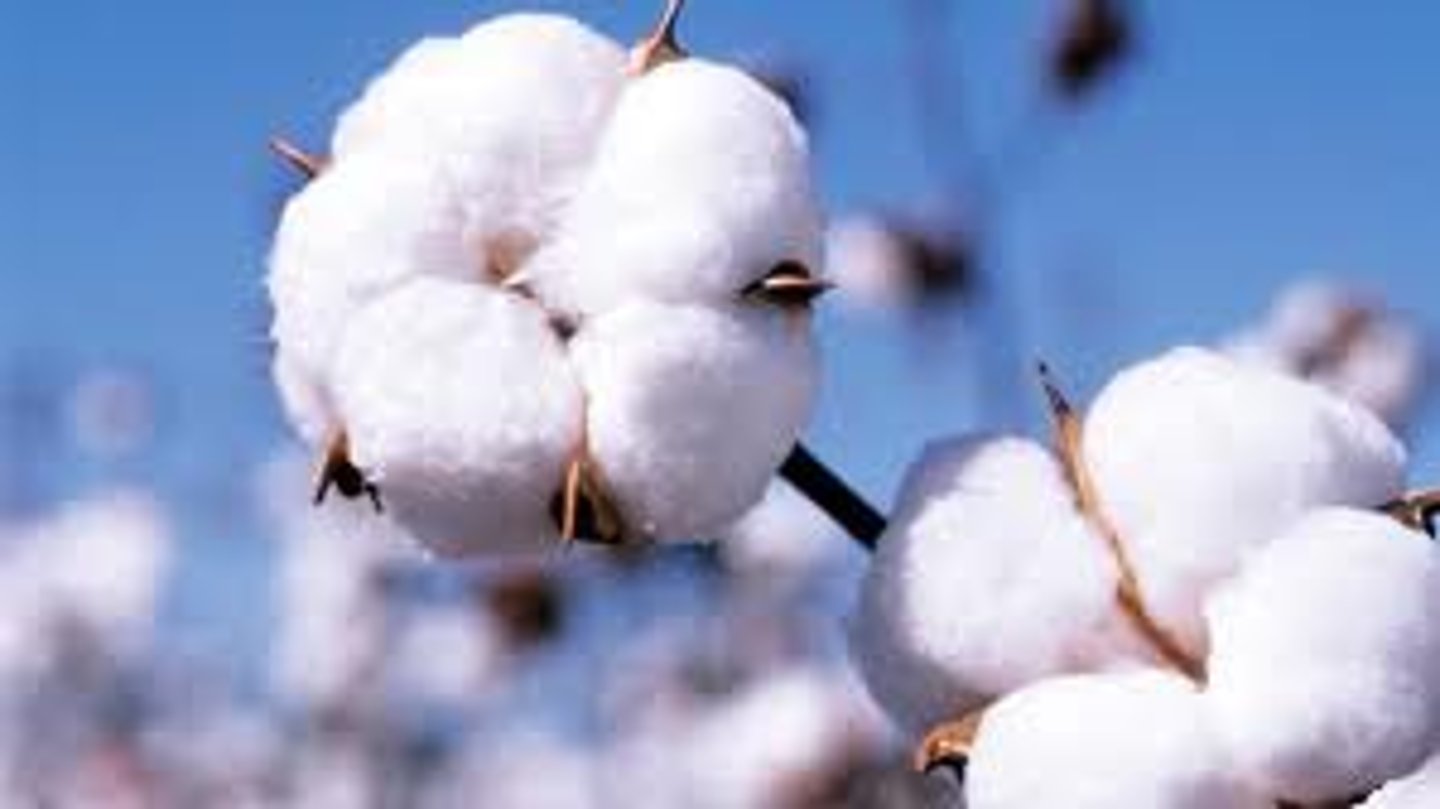
Industrial Revolution
Period of dramatic change in economies and cultures brought about by the use of machines to do work formerly done by hand
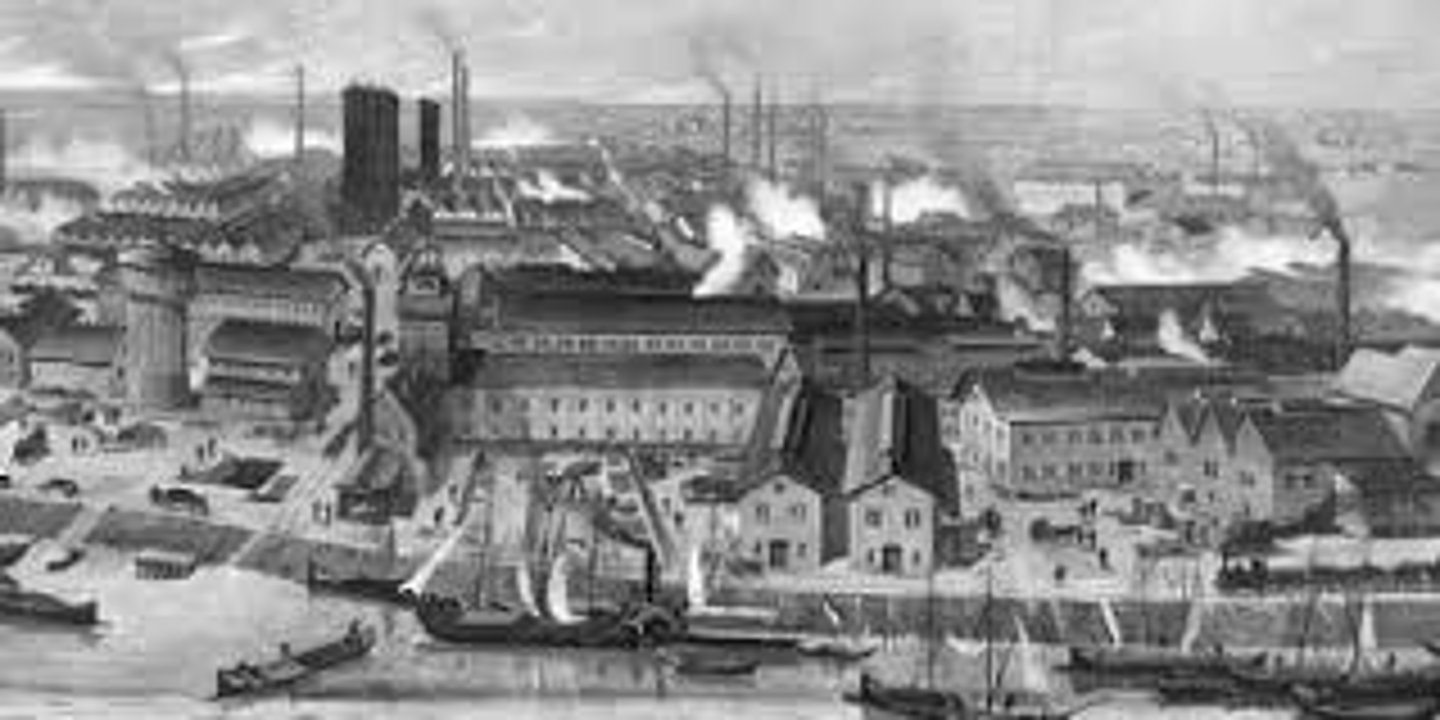
Industrialists
- Mostly in the North
- A person whose wealth comes from the ownership of industrial businesses and who favors government policies that support industry
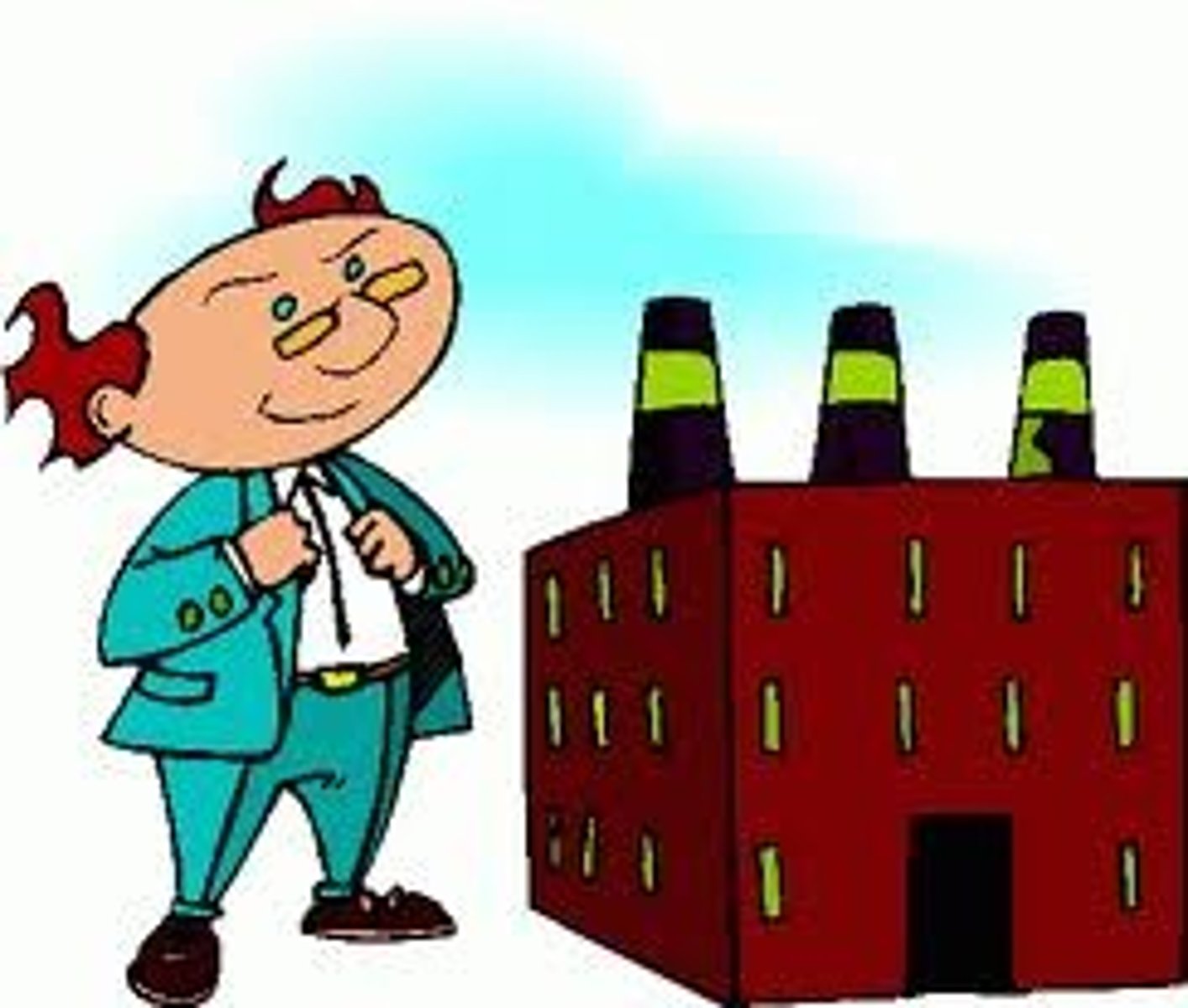
Francis Cabot Lowell
Boston business owner who built one of the first American textile factories
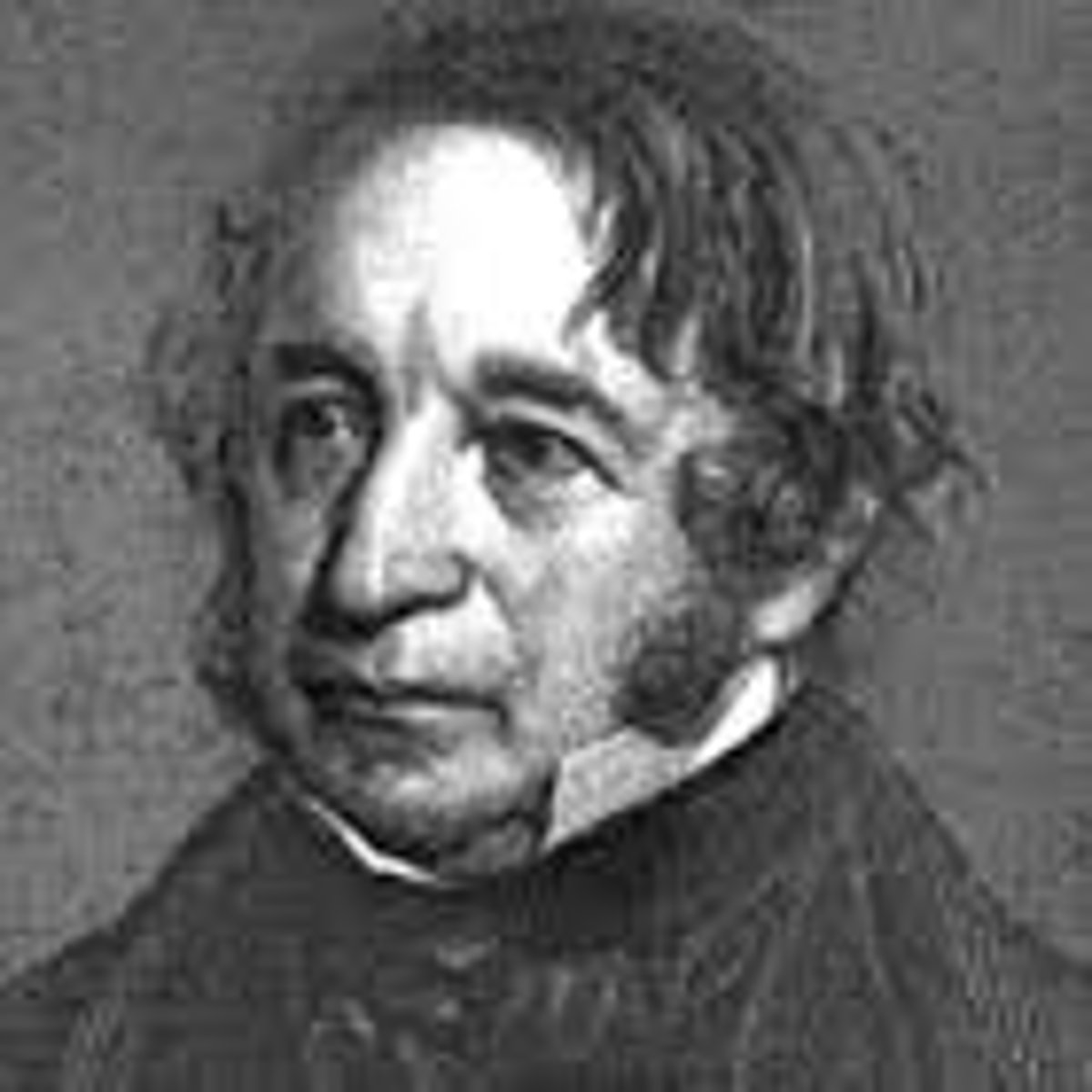
Lowell Girls
- Young women hired to work in Francis Cabot Lowell's textile factory
- Worked 12-15 hours a day, 6 days a week in textile mills for cash wages
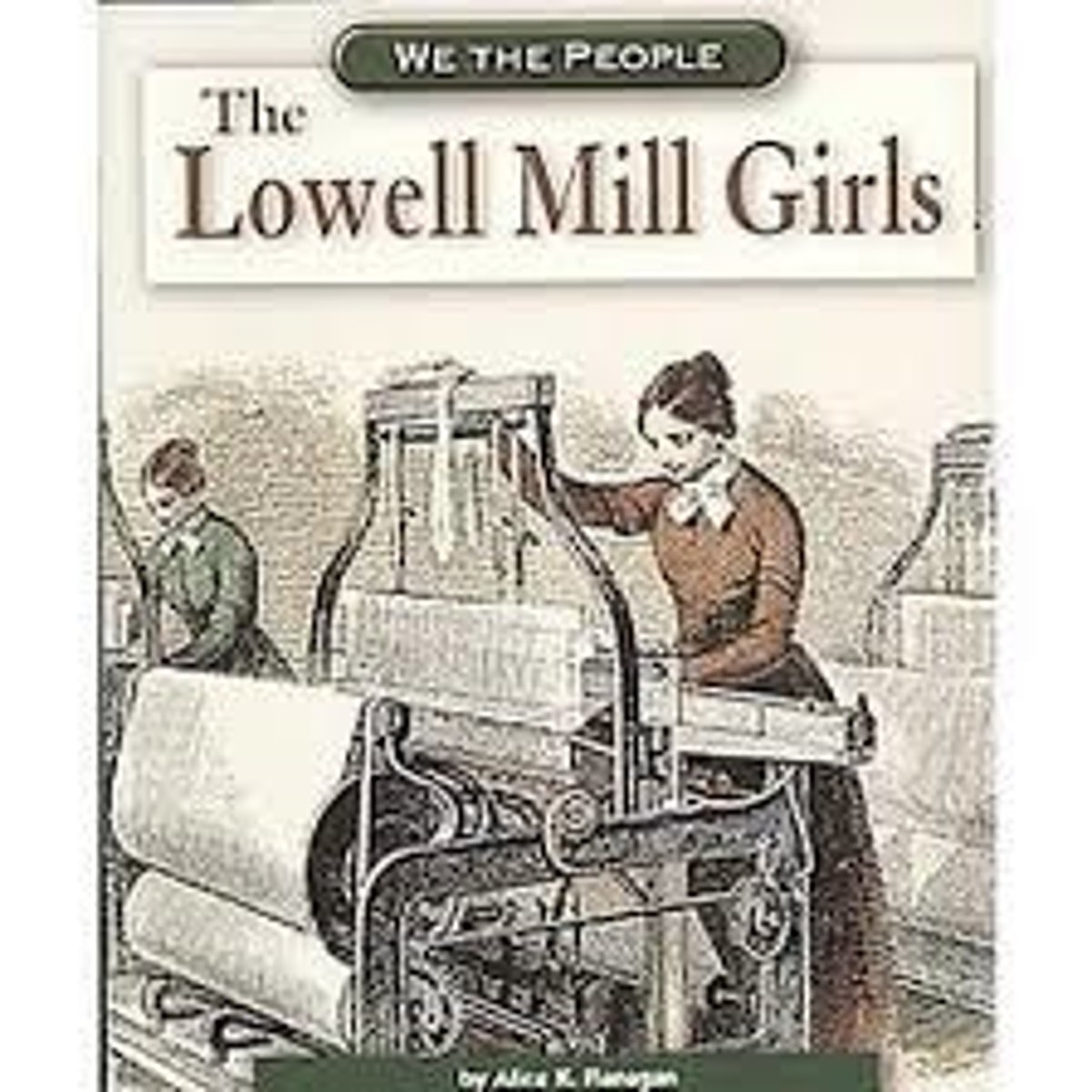
Factories
- Mostly in the North
- Made goods cheaper and easier to produce while replacing skilled craftspeople with less-skilled workers
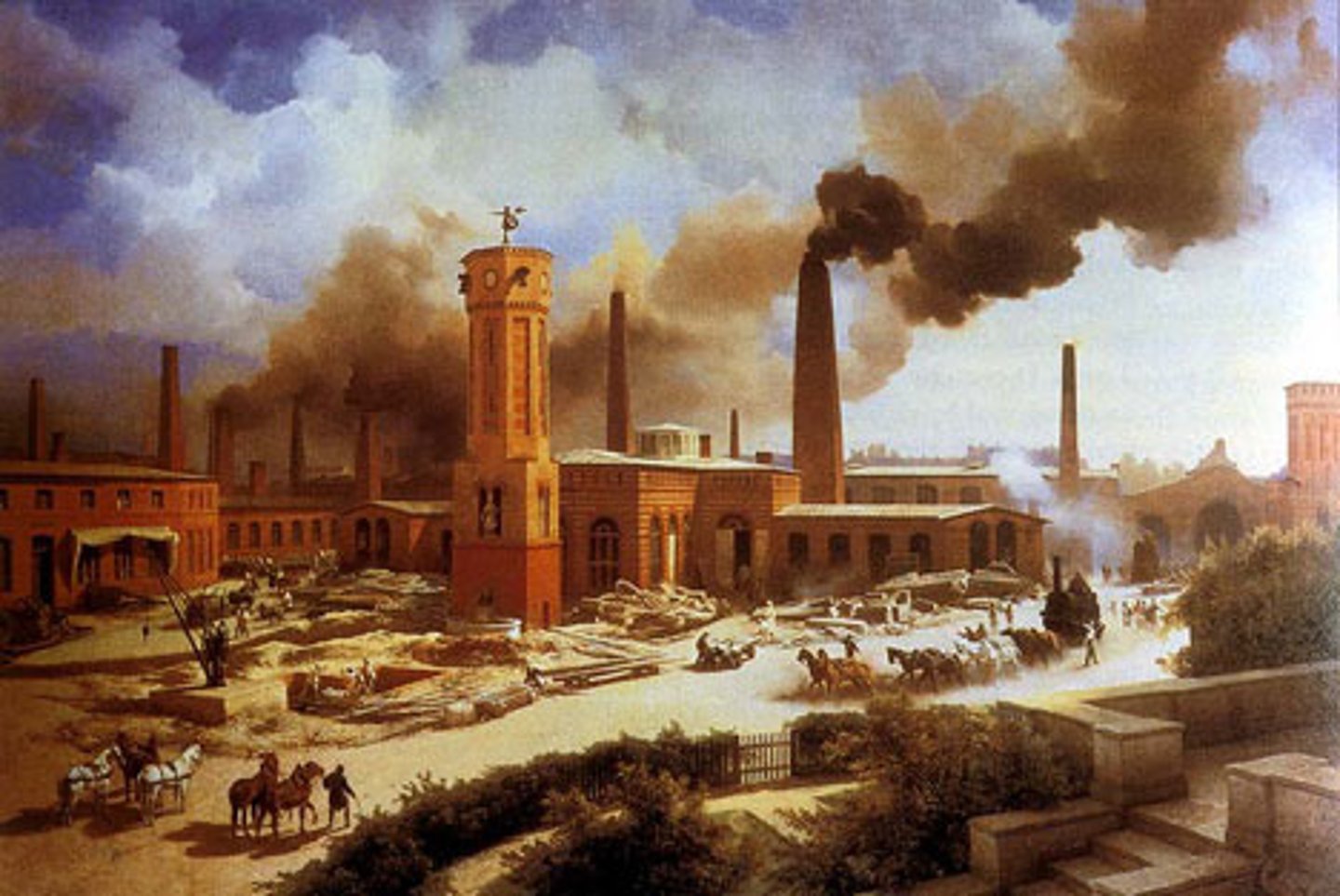
National Road
Road funded by Congress in 1806 to connect new western states with the East across the Appalachian Mountains
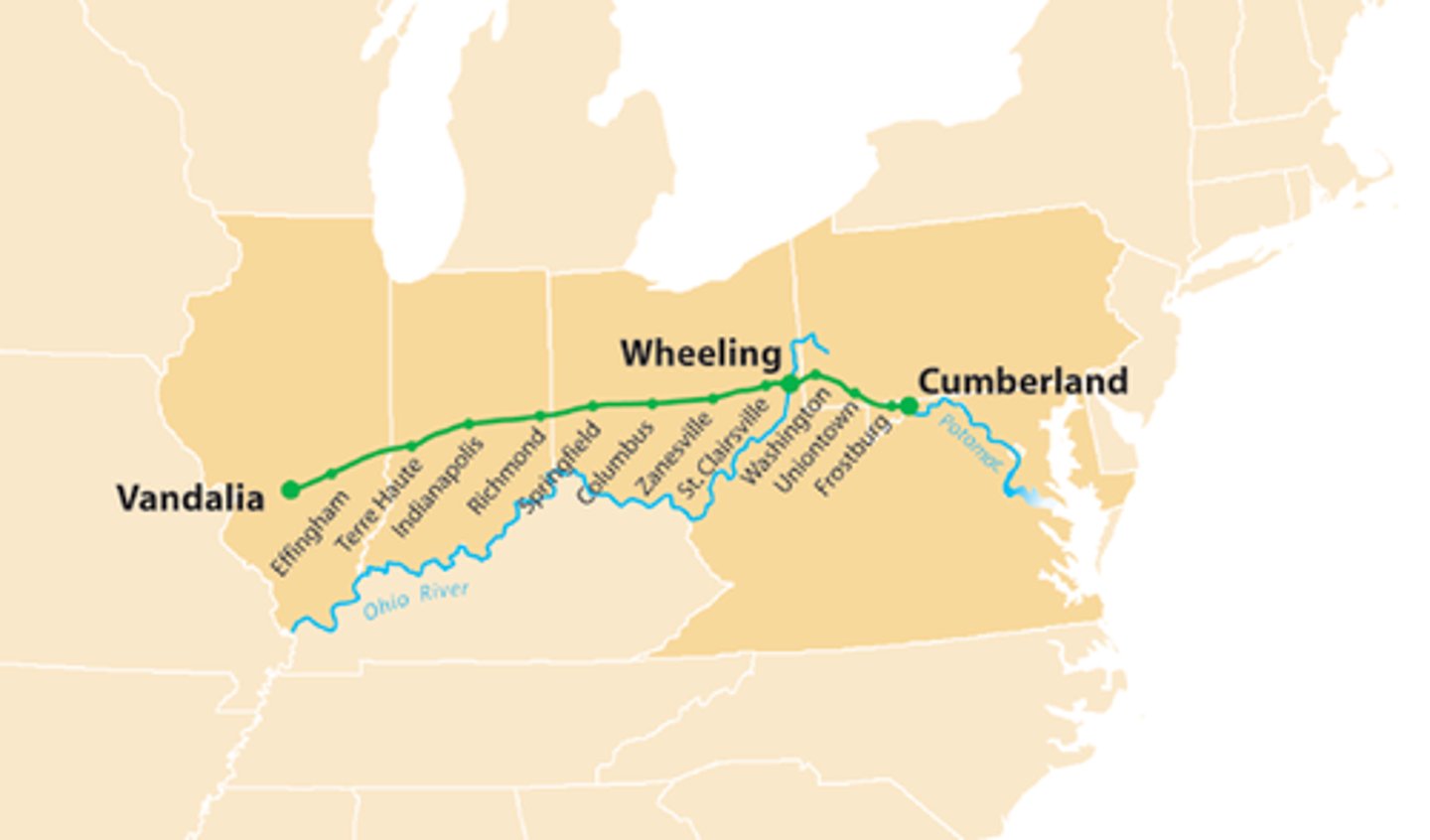
Steamboats
Boats powered by steam engines, improving river travel efficiency
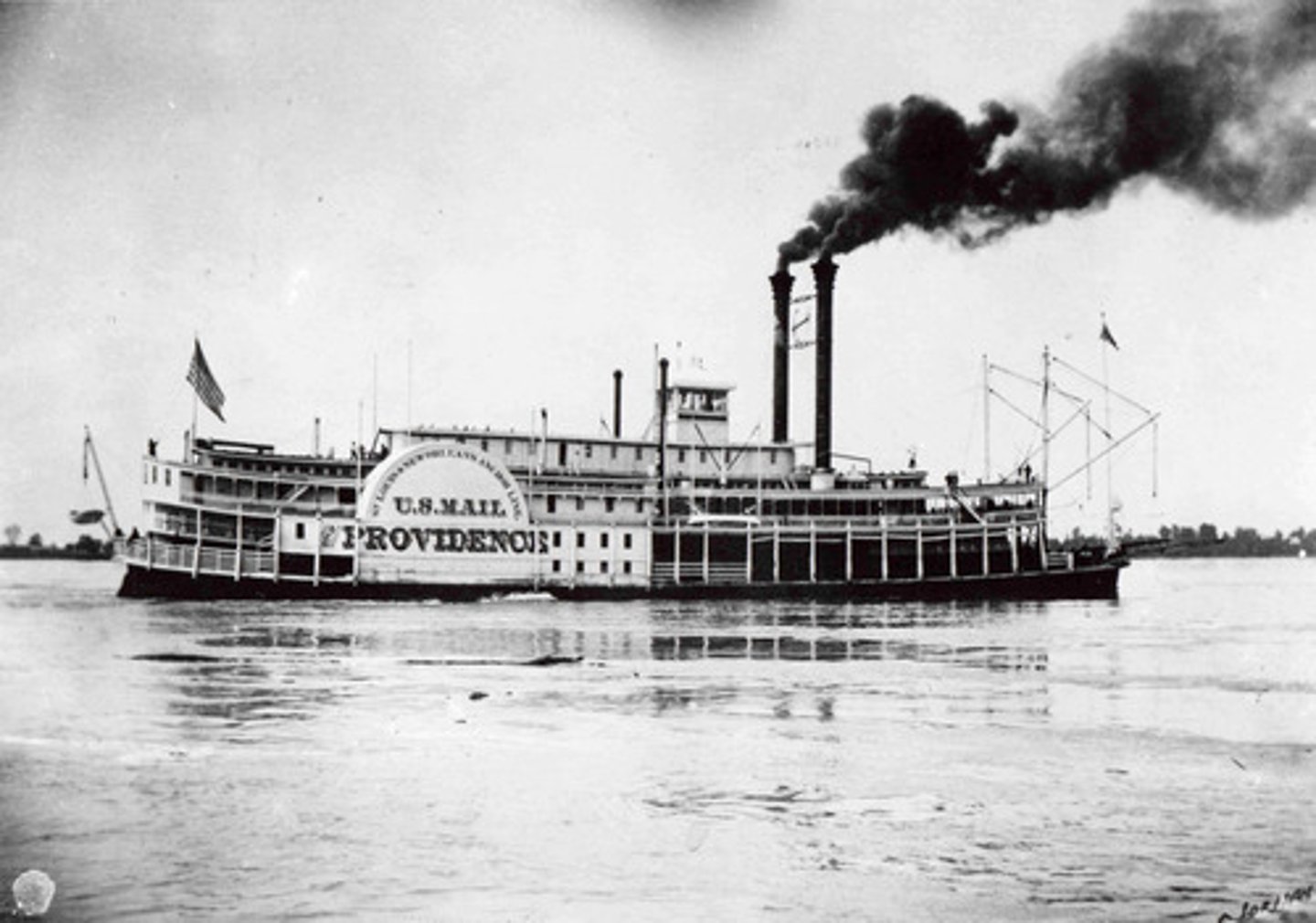
Erie Canal
Canal from the Hudson River to Lake Erie, linking farms in the Central Plains to East Coast cities
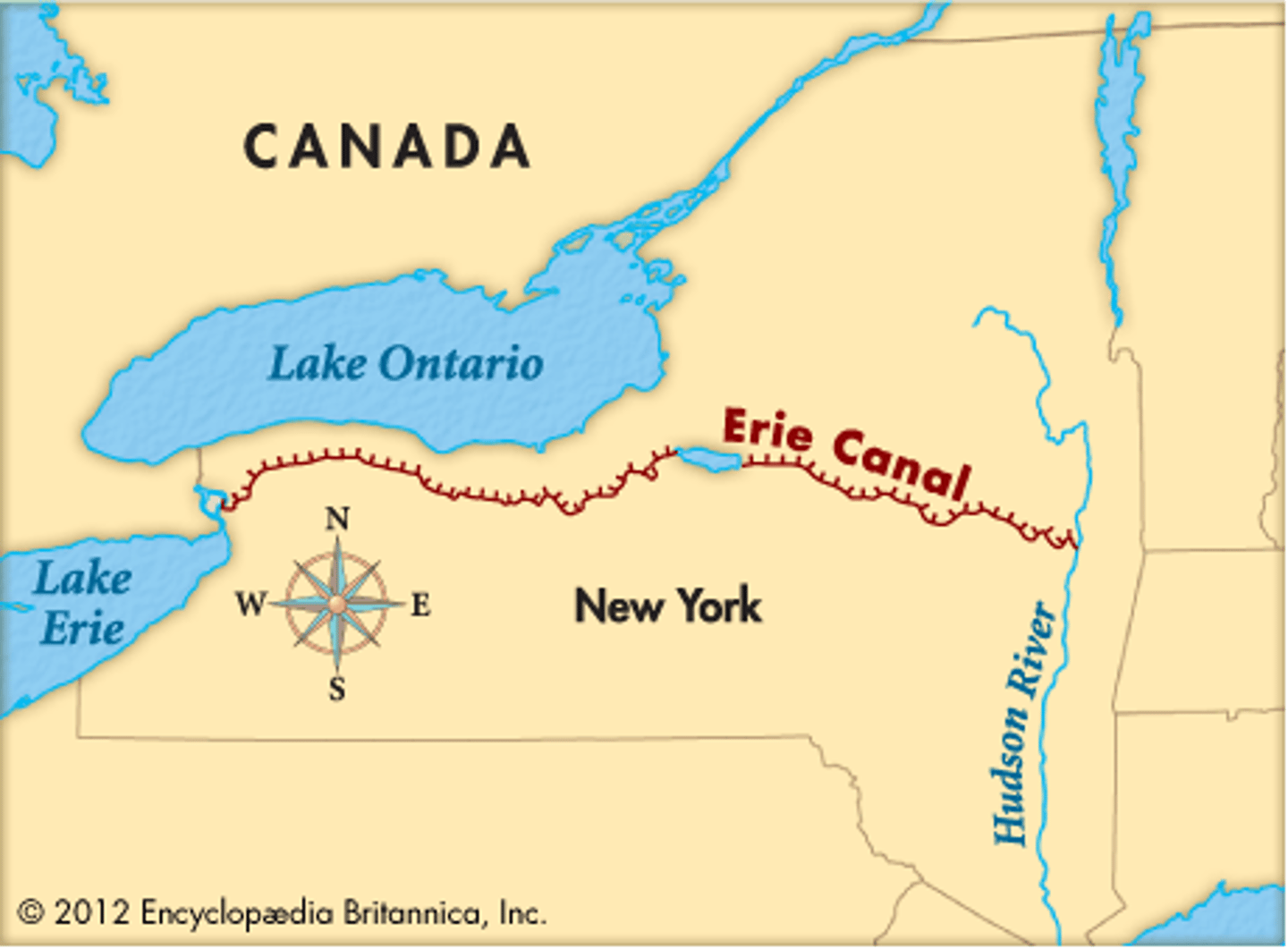
Railroads
- Transportation system with tracks for steam-powered locomotives
- Became one of the North's biggest businesses by the 1840s
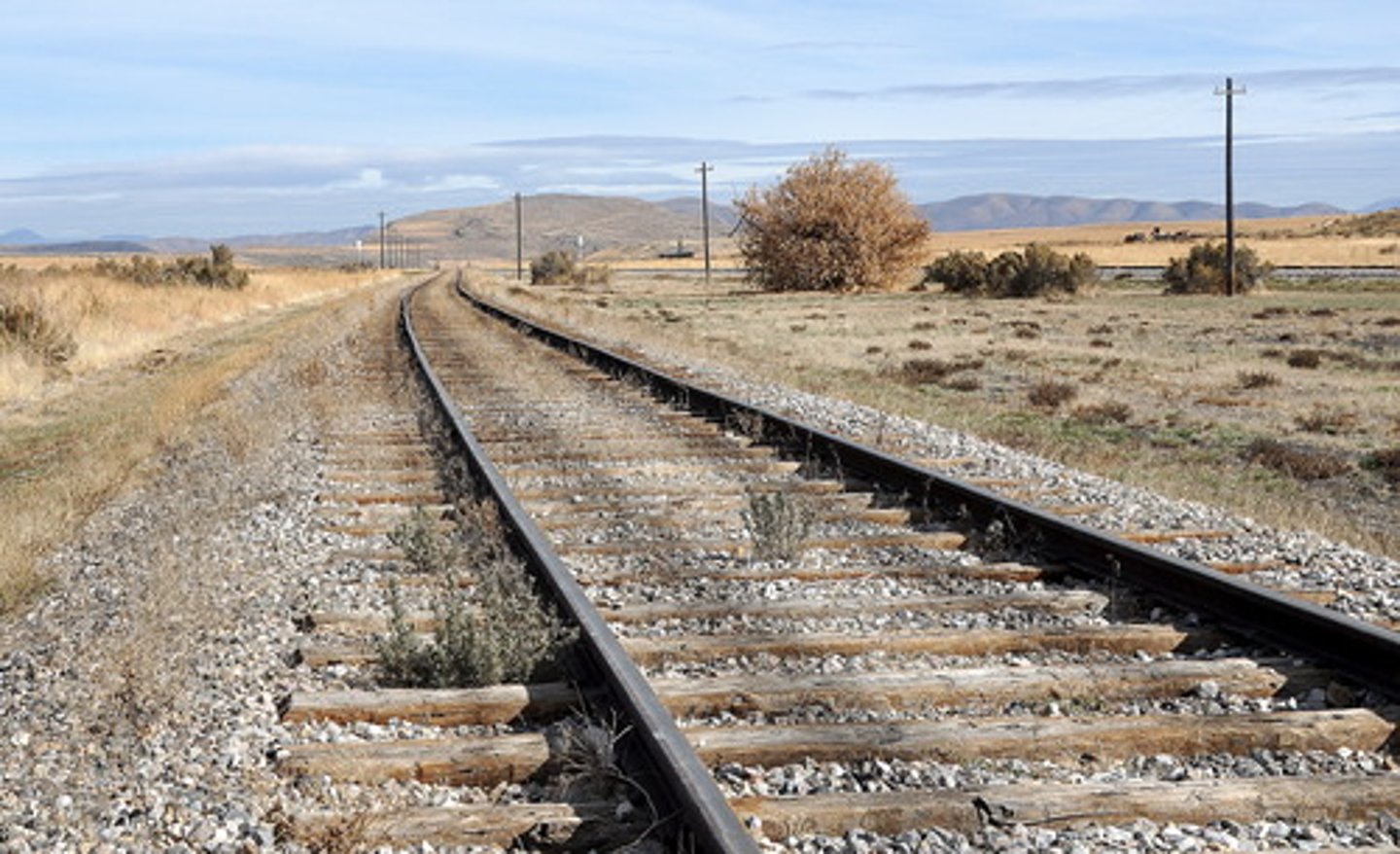
Plantation Owners
- Top of the Southern social structure
- Dominated the economy and politics of the South with their wealth and cultural influence
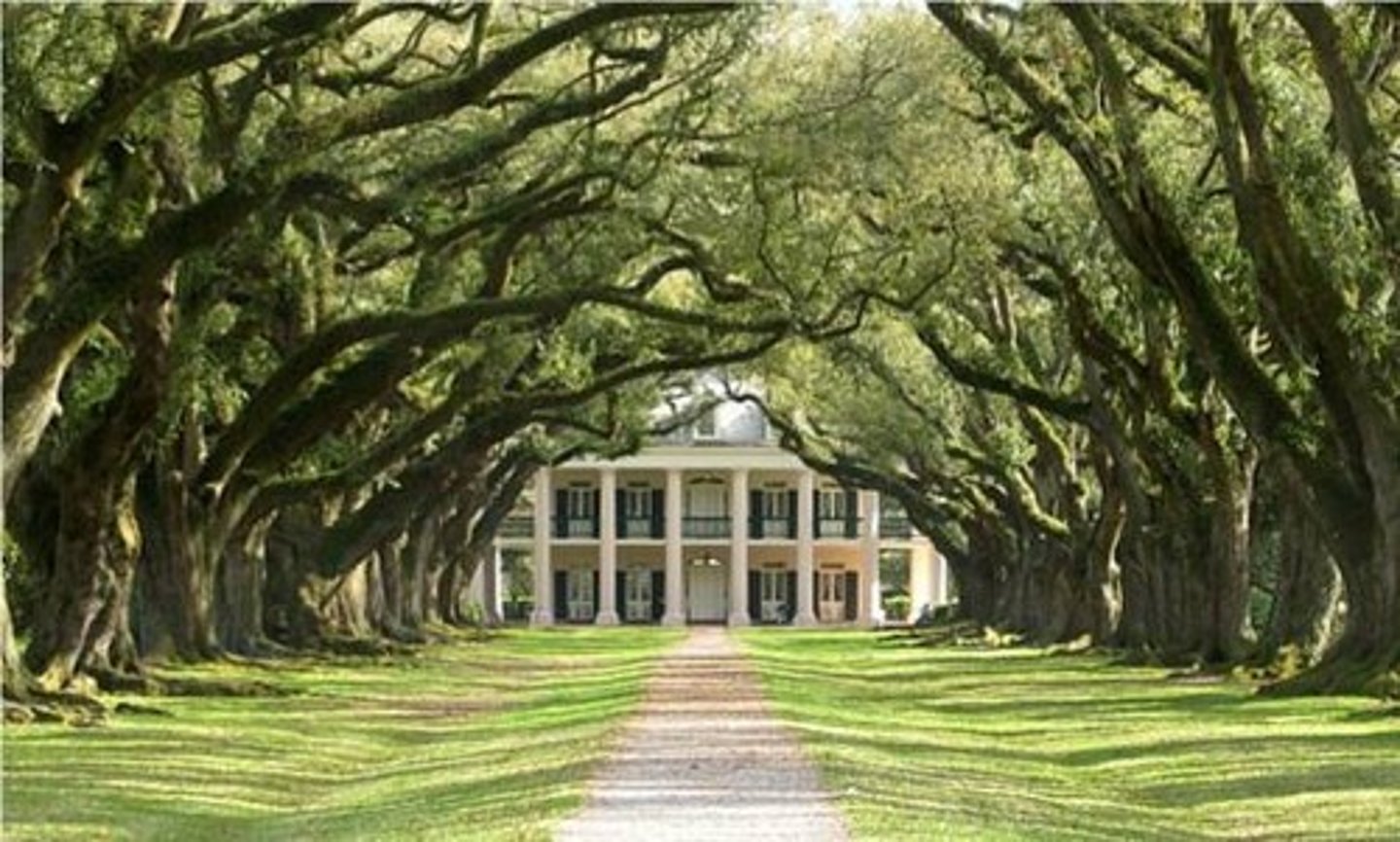
Poor White People in the South
- Poor white people made up about one-third of the South's population
- Did not usually own land or slaves
- Often experienced extreme poverty and hunger
Enslaved Black People
- At the bottom of the Southern social structure
- Individuals forced into servitude (mostly in the South) who experienced great brutality
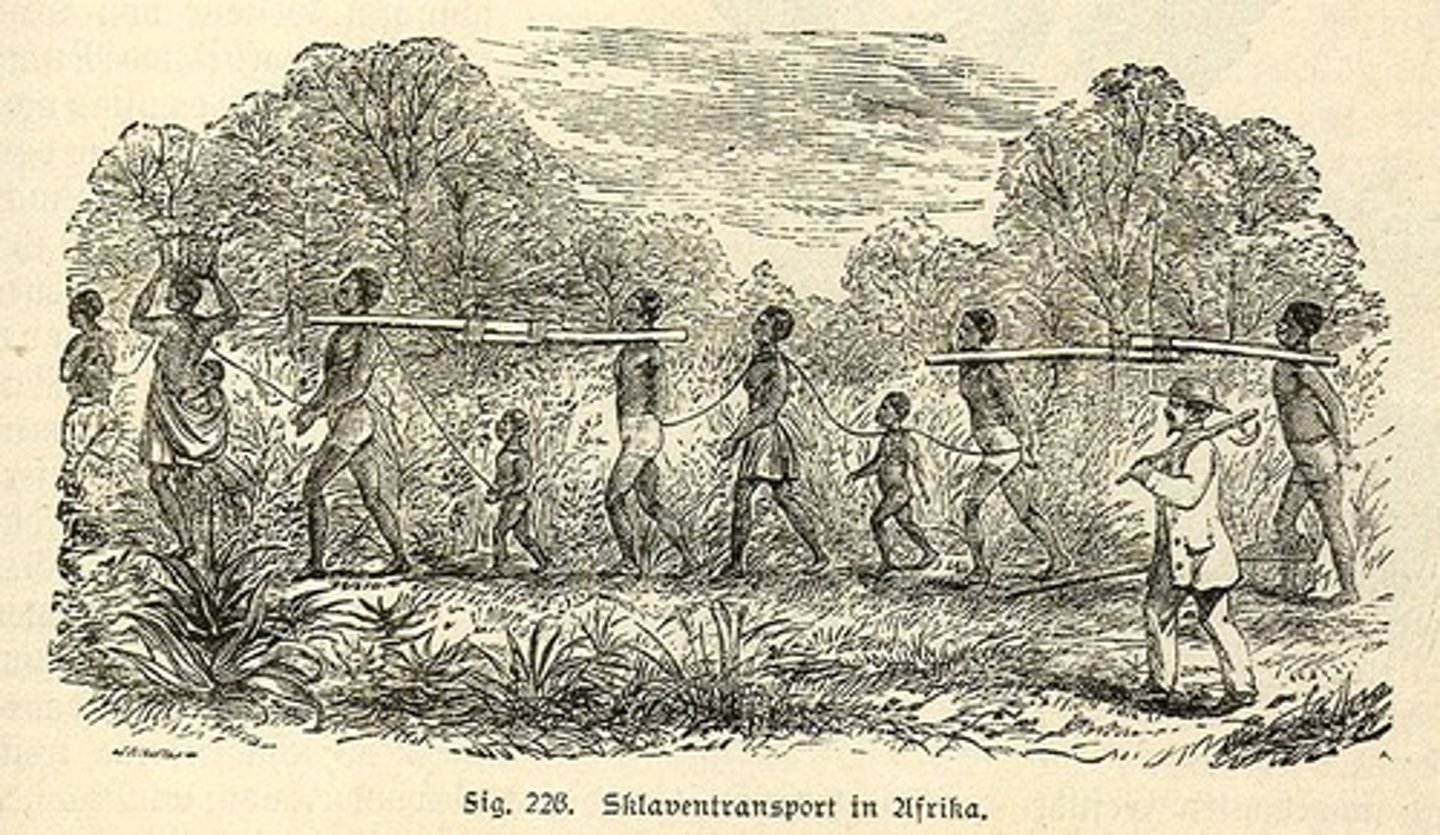
Free Black People
- Faced discrimination in both the North and the South
- Often faced violence and were not allowed to vote or serve on juries in the North
- Had to wear a special badge and pay extra taxes in the South
Northern cities
- By 1860, about seven in ten Northerners still lived on farms, but more and more Northerners were moving to towns and cities
- Cities like New York, Philadelphia, and Boston were growing rapidly
- Cities often lacked sewers and paved streets and had dirty and crowded neighborhoods where diseases spread rapidly
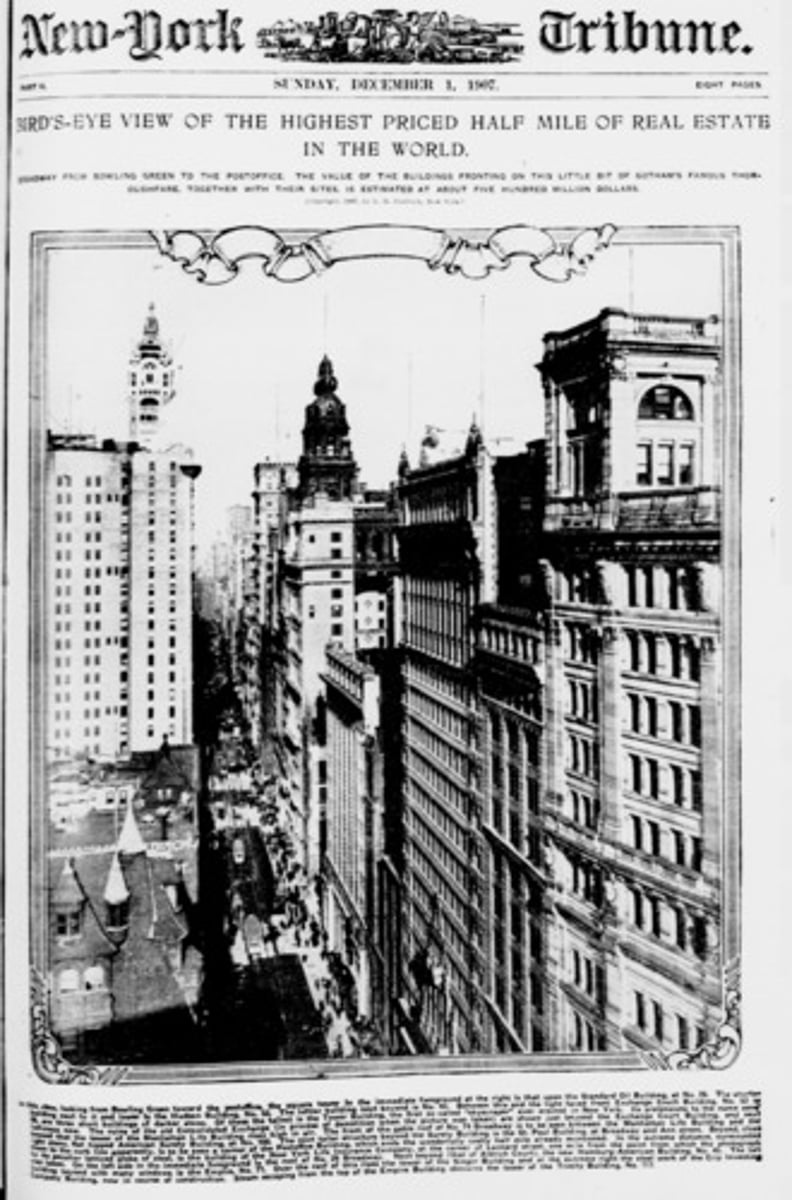
Irish Immigrants
Faced discrimination in the North, due to Roman Catholic beliefs and willingness to accept low paying jobs
